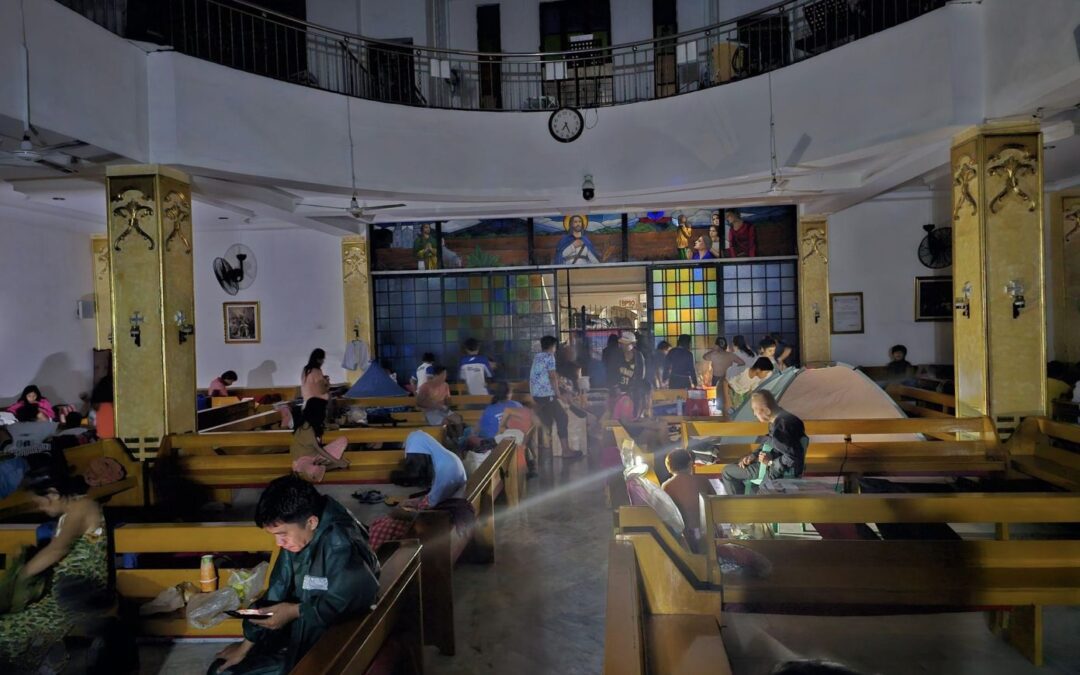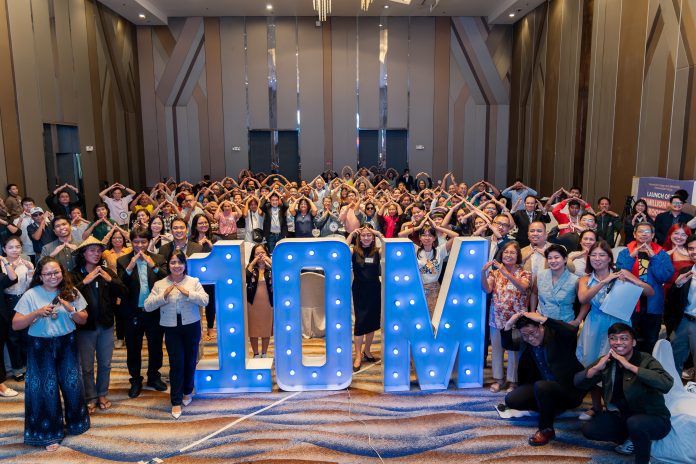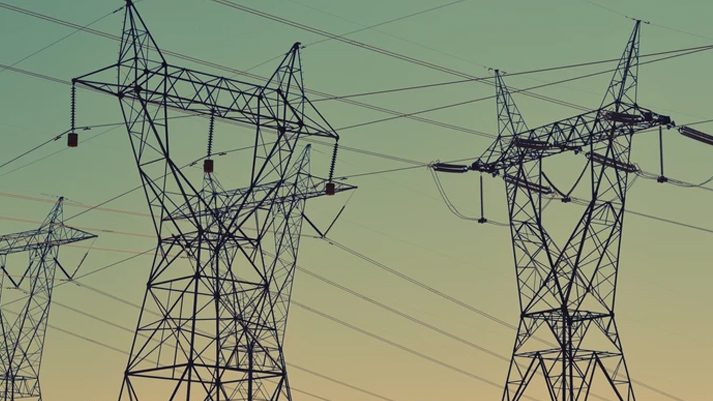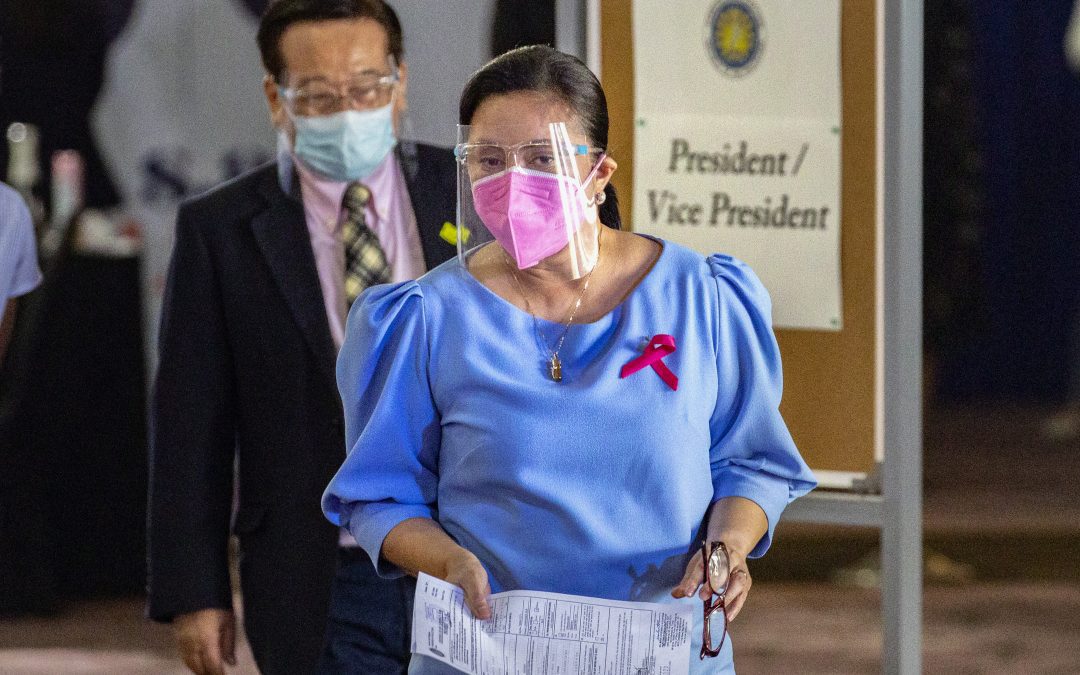US-born climate scientist has acknowledged the vital role of Pope Francis’ encyclical on environmental protection in communicating the climate crisis to the public.
Gregory Asner, director of the Center of Global Discovery and Conservation Science of Arizona State University, said, “Laudato si’ speaks to people in ways that a scientist cannot.”
In a Vatican News interview during Pope Francis’ meeting with the members of the Laudato Si Movement on August 26, Asner said the pontiff “really gives us a gift to communicate where science plays into integral ecology, as part of a larger responsibility.”
Asner described the encyclical Laudato Si as “such a unique perspective” that “bridges the gap between faith and science.”
He said Pope Francis, in his encyclical letter, was able to contextualize the importance of “faith” and “science” in battling the impacts of the climate crisis.
“Faith gives us compass, understanding, and much more than science will ever give us. But science gives us something unique – the tools,” said Asner.
“It is difficult for people to realize that science is not in combat with belief; it’s a utility, a tool, a way to navigate forward,” he said.
Asner said faith can use science as a tool to “show [us] where to go” and “help us move from points A to B and improve our world.”
“Hearing Pope Francis, the Church, and Laudato si’, I see an understanding that [the issue of climate change and biodiversity] is critical,” he said.
Asner said science and faith can “absolutely” work together in “ improving our conditions across the planet for people and for nature.”
“Belief—whichever belief system you associate with—can not ignore the fact that science is speaking loudly, telling us that we have to change our habits, the way we are consuming the earth’s resources, and change the stress we are putting on ecosystems, biodiversity, and the climate,” he said.
Asner is an ecologist recognized for his exploratory and applied research on ecosystems and climate change at regional to global scales.
His research spans the areas of spatial ecology and biodiversity, terrestrial carbon cycle, animal-habitat interactions, and climate change.






0 Comments